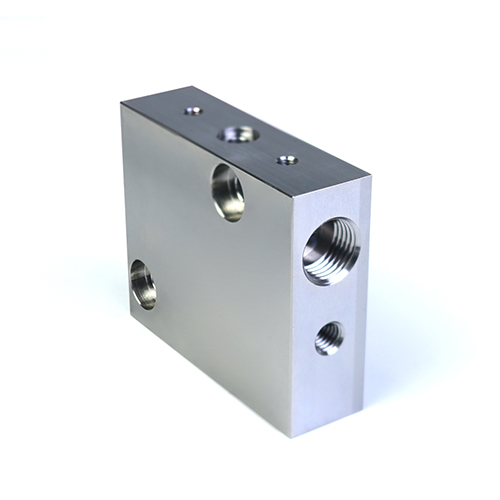In the rapidly evolving world of manufacturing, one technology continues to quietly revolutionize how products are made: CNC precision machining. Once seen as a specialty tool for high-end industries, CNC超Computer Numerical Control) precision machining is now widely recognized as a cornerstone of modern manufacturing across sectors—from aerospace and automotive to electronics and medical devices.
With industries demanding faster turnaround times, tighter tolerances, and zero margin for error, CNC precision machining has emerged as the preferred method for delivering consistent, high-quality components at scale.
Research Methods
1.Experimental Design
A series of machining operations were conducted on 5-axis CNC milling超链接:(https://www.pftworld.com/) centers using materials such as titanium (Ti-6Al-4V), 316L stainless steel, and engineering-grade plastics. Each operation was designed to evaluate dimensional accuracy, surface finish, and production efficiency under varying machining parameters.
2.Measurement and Data Collection
Dimensional inspection was performed using Zeiss CONTURA CMM and Keyence VR-6000 3D optical profilers. Surface integrity was assessed through Mitutoyo SJ-210 roughness testers and scanning electron microscopy. Machine data including spindle load, tool wear, and cycle times were logged through FANUC and Siemens CNC open-platform interfaces.
Results and Analysis
1. Accuracy and Repeatability
CNC systems equipped with closed-loop feedback consistently held positional accuracy within 4 microns and repeatability under 2 microns.
2. Surface Quality
Surface finishes of Ra 0.2–0.4 µm were achieved in finishing passes using diamond-coated end mills and optimized coolant strategies.
3. Production Efficiency
Adaptive toolpaths and high-speed machining protocols reduced total machining time by 27–32% while extending tool life through reduced thermal and mechanical stresses.
Discussio
1. Interpretation of Outcomes
The consistency in machining quality stems from real-time compensation for tool deflection and thermal drift, enabled by integrated encoders and AI-driven control algorithms. Efficiency gains are largely attributable to optimized cutting strategies and reduced non-cutting time.
2. Limitations
Current findings are based on a selected range of materials and machine configurations. Additional studies should address the machining of ceramics, composites, and other difficult-to-machine materials. The economic impact of system upgrades also requires further evaluation.
3. Industrial Relevance
CNC precision machining allows manufacturers to meet escalating demands for miniaturization, functional integration, and rapid prototyping. Applications are particularly relevant in medical implant manufacturing, optical component production, and defense contract fabrication.
Industries Powering Ahead with CNC Precision
CNC precision machining is more than a manufacturing method—it’s an enabler of innovation across multiple industries:
● Aerospace: Flight-critical parts, including engine housings and brackets, require precise machining to ensure safety and performance.
● Medical Devices: Implants and surgical tools must meet strict regulatory standards—CNC ensures consistency and compliance.
● Automotive: From drivetrain components to custom EV brackets, CNC machines are producing high-strength, lightweight parts faster than ever.
● Consumer Electronics: Sleek product designs, like smartphone housings and camera components, rely on precision machining for flawless fits.
Conclusion
CNC precision machining is indispensable to next-generation manufacturing, providing unmatched accuracy, efficiency, and flexibility. Continued advancements in sensor integration, machine learning, and hybrid manufacturing processes will further expand the capabilities of CNC systems. Future efforts should focus on sustainability metrics and cyber-physical integration to realize fully autonomous machining cells.
Post time: Aug-28-2025





